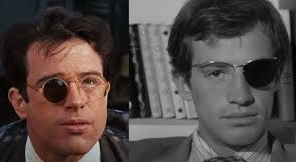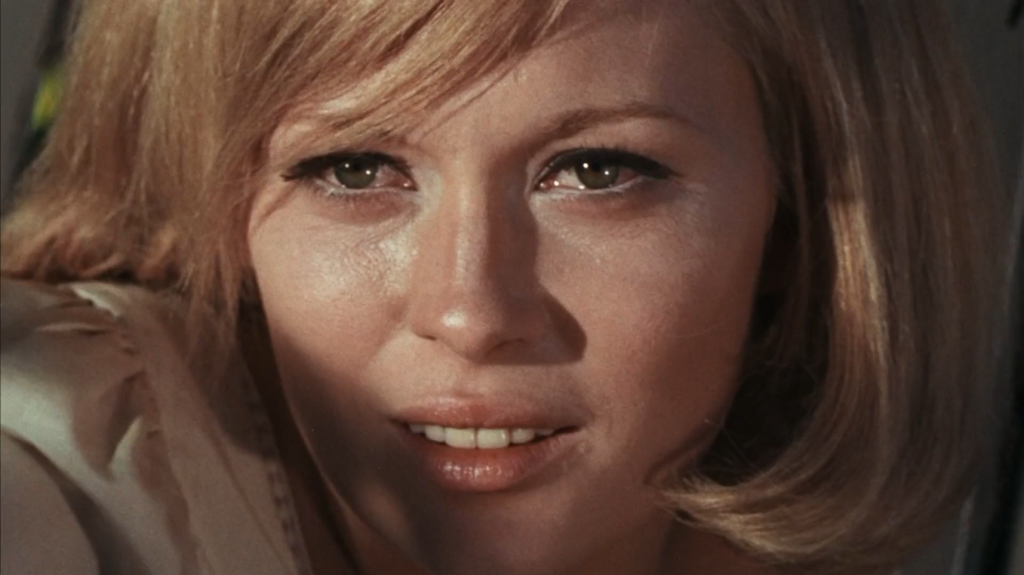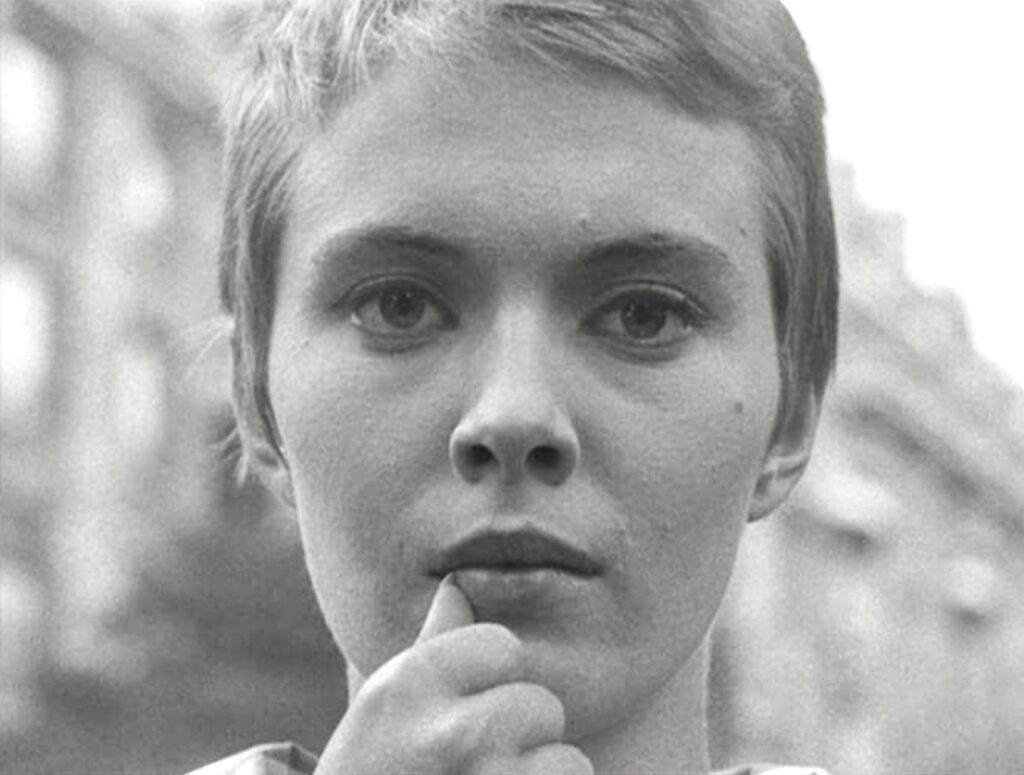New Hollywood
The term New Hollywood is a movement in American film history from the mid-1960s to the 1980s.
Some of the films, directors and stars from this period are: – Jack Nicholson (Actor), Dennis Hopper (Actor, Director), Woody Allen (Actor, Director), Robert De Niro (Actor), George Lucas (Director), David Lynch (Director), ‘Bonnie and Clyde’ (1967), ‘2001: A Space Odyssey’ (1968), ‘Planet of The Apes’ (1968), ‘Midnight Cowboy’ (1969).
Some important cultural events that took place in America during the period of time in which the emergence of New Hollywood happened were: – The Flower Power Movement – The Vietnam War – The assassination of MLK Jr. – The assassination of JFK
The Influence of French New Wave on New Hollywood
French New Wave was a film movement in the late 1950s, which rejected the traditional conventions of Classical Hollywood film-making. The movement is seen as an embodiment of rejection and youthful rebellion and the people that are part of it are seen as innovators in the art of film. The directors who were making the films wanted the director to be seen as the main power behind the film, not the studio. This then leads to the idea of ‘auteur’ theory. The film makers within the period were working with low film budgets, due to the aftermath of WWII.
Some specific stylistic and structural elements present in French New Wave are:
– Handheld cameras: Handheld cameras were used by French filmmakers as they were cheaper to get a hold of than a bigger mounted camera, like the ones that would be used in Hollywood. This would give the films a documentary aesthetic.
–On location filming: French New Wave films typically filmed on natural locations, not big, constructed sets, due to their low budgets and financial constraints that the directors of these films had.
–Natural Lighting: French New Wave films most of the time used natural lighting, as they were filming on location and using handheld cameras. It also meant that the films had smaller crews and that the camera could swing around 360, as there is no film crew behind that would be filmed
–Deemphasized Plot: In French New Wave films, there are no clear plots and typically just follow around the events of the people within the film. If there is a plot within the film, the structure is usually messed around with, an idea presented by the director Goddard, ‘Every plot has a beginning, middle and end, its just the order in which it is told can be changed’.
–The Use of Non-Actors: French New Wave directors favoured not using trained actors but rather, mainly for smaller roles, used amateur actors and people that they just found out on the street, which certainly adds to this realism aesthetic that these films have. The directors also gave the actors a lot more freedom, allowing them to improvise their own lines and just allowing to them to carry out their own actions.
–Breaking the Fourth Wall: French New Wave directors used the technique of looking into the camera and breaking into the fourth wall to highlight to the audience that this a film they are watching. This may of made the audience feel quite disenfranchised towards the films.
Some directors and French New Wave techniques that influenced Arthur Penn as he was making Bonnie and Clyde were:
–Fast paced music: Bonnie and Clyde uses fast paced music in the car chase scenes, which evokes this sense of humour in running away from the police, which presents this real clash of tones within the film, as one moment you’ve got this humorous car chase scene and the next you are being shown people getting shot and dying in quite a graphic way.
–Costume Elements: In the famous final scene of ‘Bonnie and Clyde’, Clyde wears a pair of glasses with one lense missing. This is a direct homage to Godard debut 1960 film, ‘Breathless’, in which the main character suffers an awful fate wearing a similar pair of sunglasses with a lense missing.

– Graphic Content: Bonnie and Clyde’s graphic content and scenes were too taboo for the American audience of the time, but they do have substance, and the, in some people’s opinions too grotesque, graphic content does take its influence from French New Wave films.
– Intense Close-ups and Jump Cuts: In the final sequence of Bonnie and Clyde, an abrupt ending which sees our two main protagonists getting brutally murdered, director Arthur Penn has the two main protagonists look at each other in a series of match cuts, which closer towards the characters face, which, in my opinion, shows to the audience the deep love and personal connection these two characters have. This technique is once again used in Goddard’s debut ‘Breathless’, in which he uses jump cuts to also show the intimacy between the two main characters.


New Hollywood Style
Penn and other New Hollywood directors approached narratives by placing an uncommon emphasis on irresolution, particularly at the moment of climax or in epilogues, when more conventional Hollywood movies busy themselves tying up loose ends. They also hindered on narrative linearity and momentum and scuttled their potential to generate suspense and excitement.
Discontinuity editing is when the audience visually notices a cut, because something about the cut calls attention to itself and it does not feel natural and seamless.
This period of time in film production is known as ‘The Rise of Auteurs’ because directors were influenced by this French New Wave ideology that directors should be the ‘stars’ of film production and that they should have their own distinct styles and far much more control over the creation and the elements of their films for them to stand out.
The lasting impact of the New Hollywood style on modern day films is that it has allowed directors to have a much greater role in creating their films rather than the studio having all the power and telling the directors what to make. It’s also allowed for more graphic content to be shown in films, as the ‘Hayes’ code, which forbid things such as nudity, sex and drugs to be shown in films, was replaced with the MPAA film rating system in 1968.